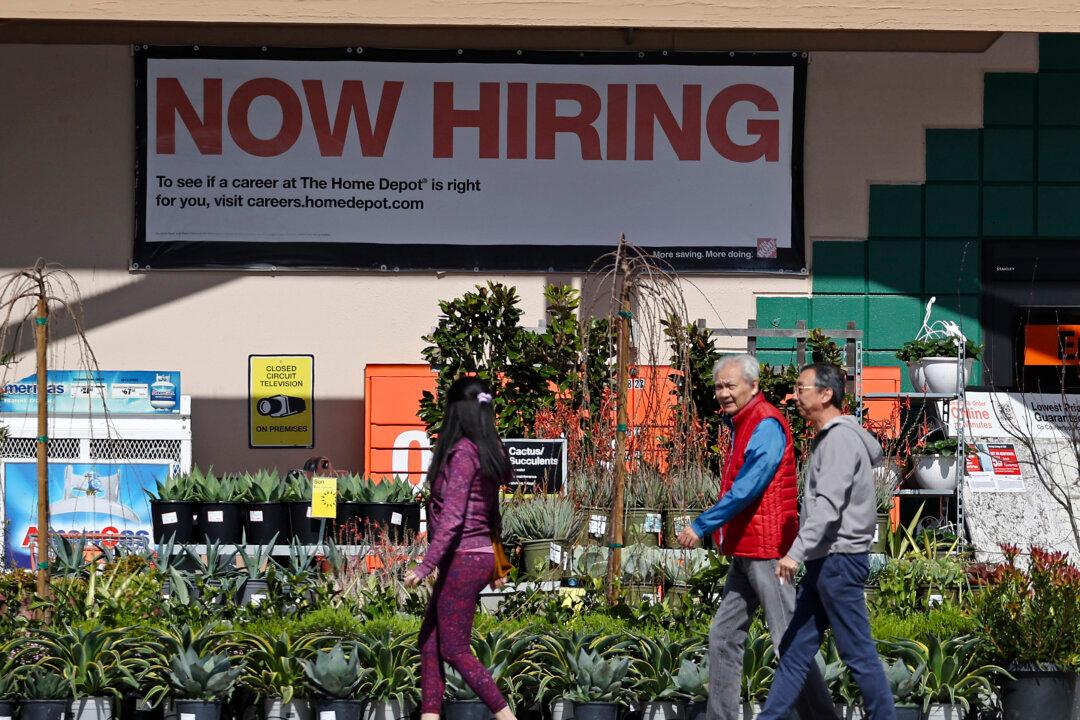Private companies in the United States hired just 99,000 workers last month, fewer than the downward-revised 111,000 in July and well below the market expectation of 145,000, according to payroll data firm ADP.
This underperformance makes August the weakest month for job growth since January 2021, ADP said in its national employment report published Sept. 5.





